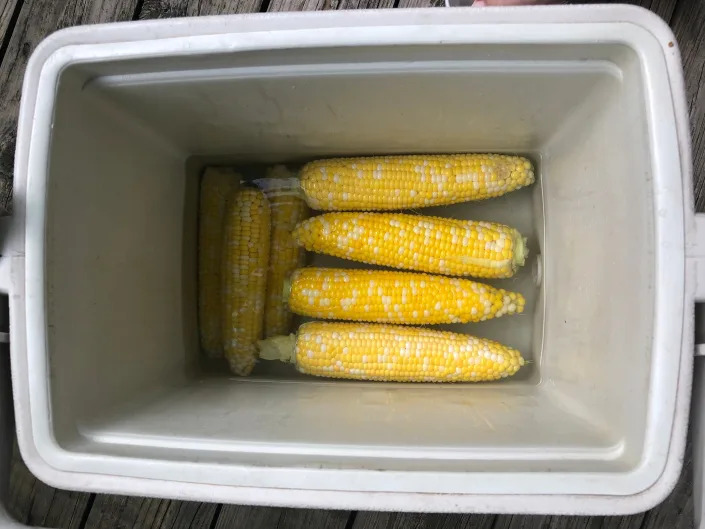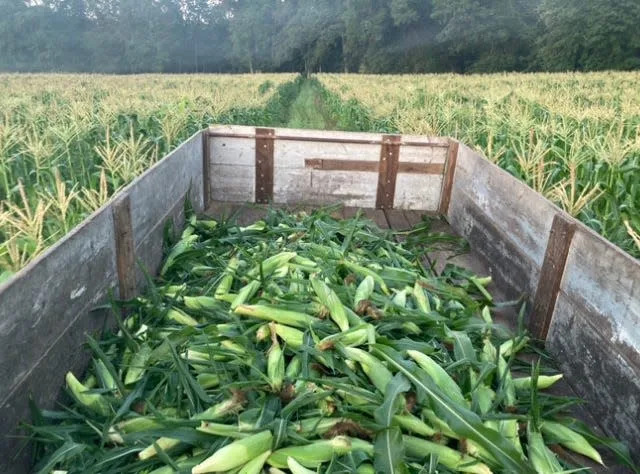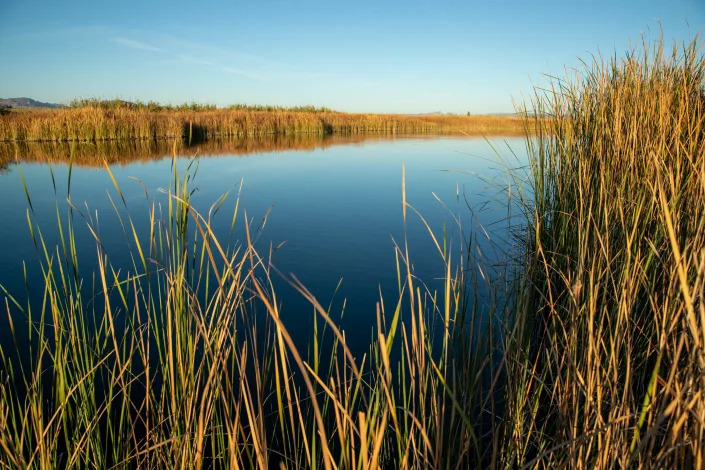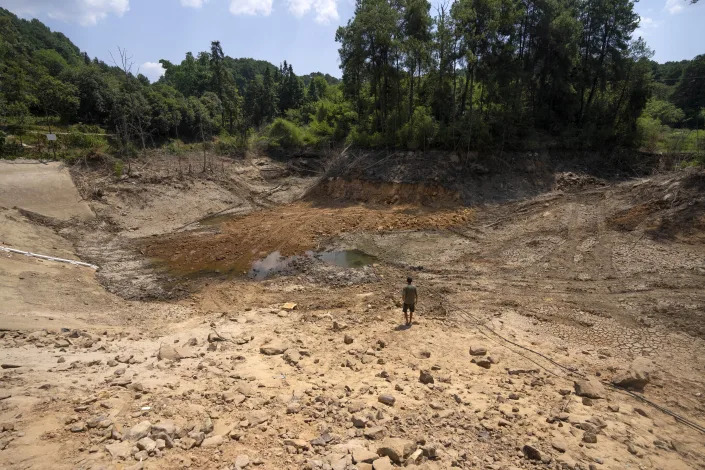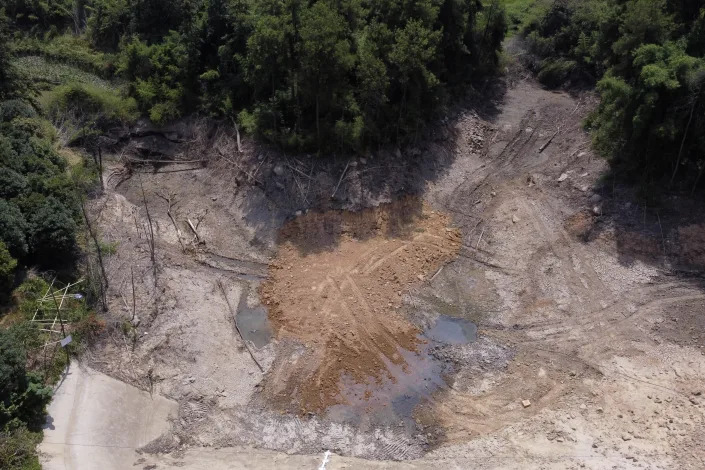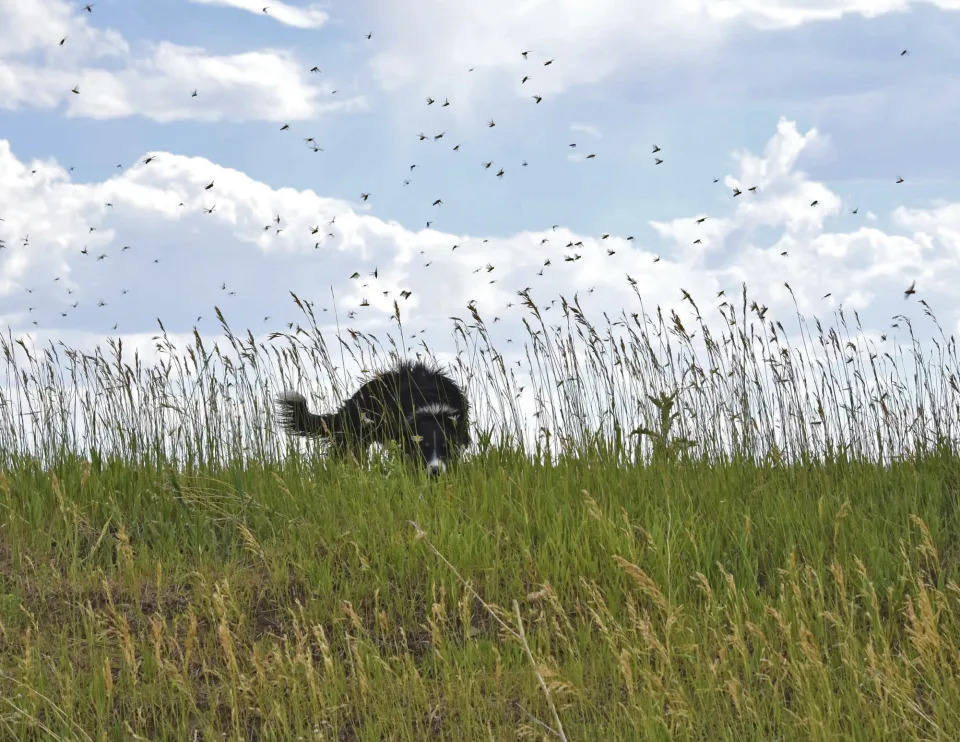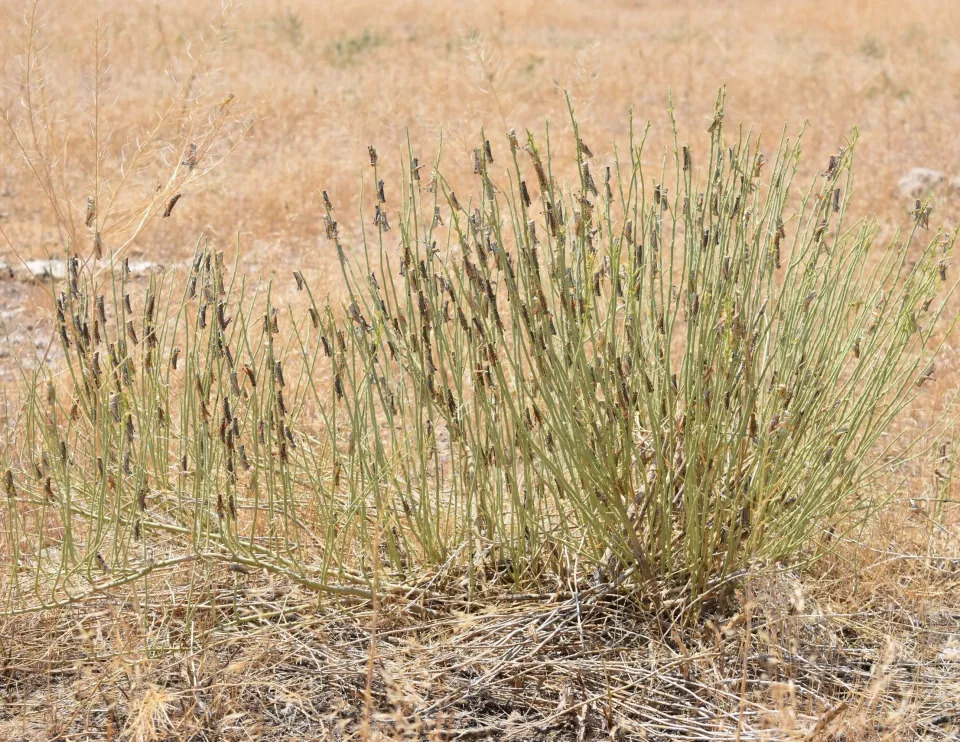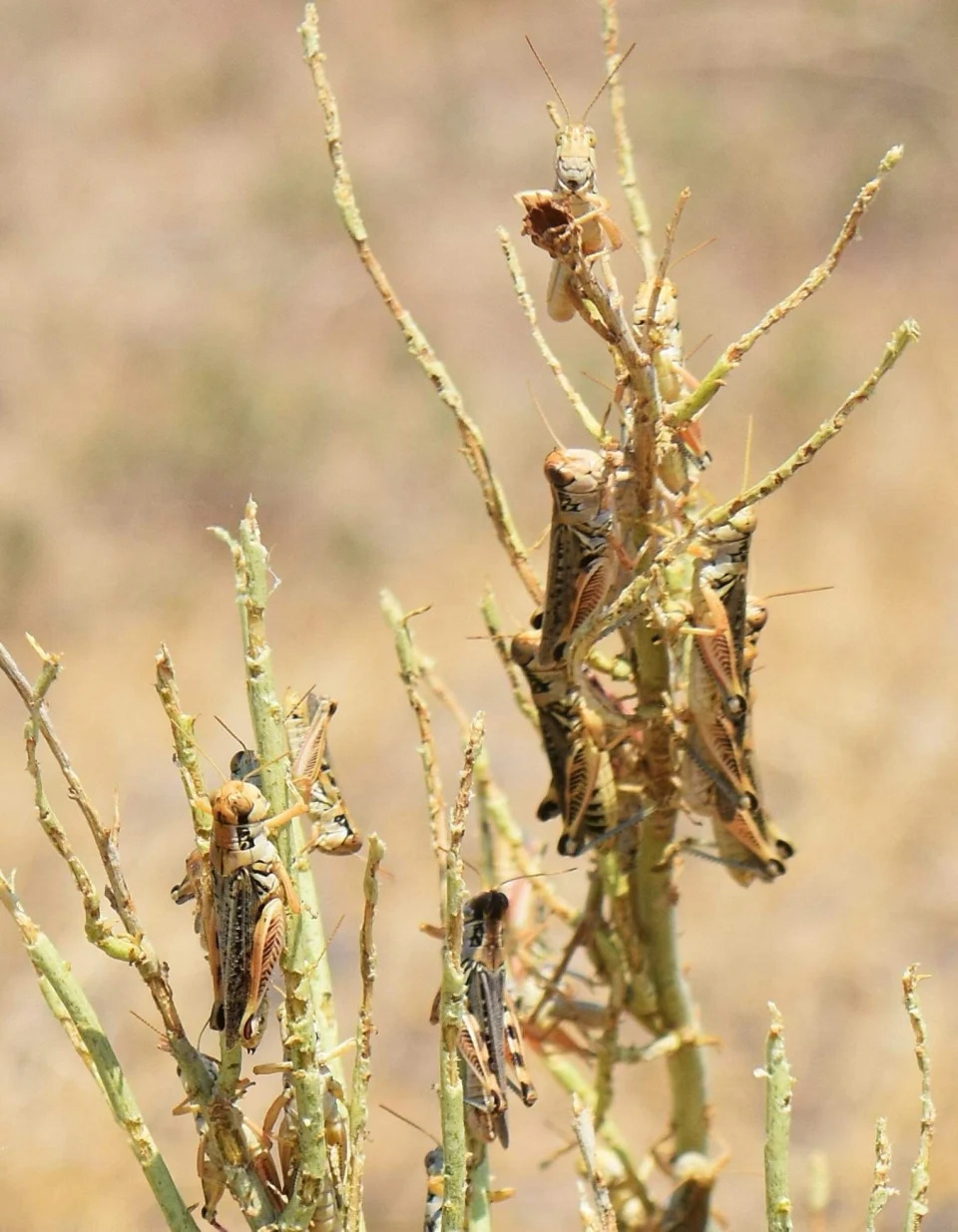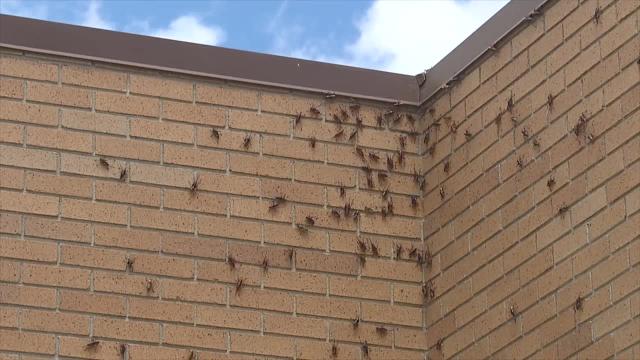The Hill
DRIED UP: Texas cities in fear of running out of water
Saul Elbein – September 1, 2022

The American West is experiencing its driest period in human history, a megadrought that threatens health, agriculture and entire ways of life. DRIED UP is examining the dire effects of the drought on the states most affected — as well as the solutions Americans are embracing.
AUSTIN, Texas — As the Western U.S. suffers under its worst drought in a millennium, the government of Texas, a state that faces its own unique set of dangers from extreme weather, is at last turning to deal with the threat that climate change poses to its long-term water supply.
Texas’s situation is sufficiently dire that in July, a majority-Republican panel on the state legislature voted unanimously to require the state water planning board to consult with the state climatologist as it advises cities in planning to meet the state’s water needs in the future.
The rule change “removes the possibility that the political climate could harm [local water officials’] ability to plan responsibly for the future,” state Sen. Nathan Johnson (D), a major backer of the shift, told The Hill.
“It kind of insulates the regional water authorities from political pressures that would harm their ability to do what they need to do,” Johnson said.
But that process won’t bear fruit for years — and Texans increasingly worry that the crisis is here now.
Never rains but it pours
The most recent demonstration of the volatile climate was last month’s flash downpours that stunned Johnson’s hometown of Dallas — a record rainfall that interrupted the city’s longtime drought, running off baked earth and acres of asphalt infrastructure to flood much of the city.
Those kinds of events offer a foretaste of the future Texas can expect, climate scientist Katharine Hayhoe told The Hill.
“You saw record dry conditions week after week after week — and then all of a sudden, a summer’s worth of rain in a single day,” Hayhoe said.
For much of the state, annual levels of rainfall may not change much — but that average conceals potentially lethal extremes of drought and flood, she said. “The amount of precipitation is staying the same. But the distribution is changing. It’s getting more extreme in both directions.”
Even if rainfall totals and distribution both stayed the same — which is unlikely — the simple fact of rising heat under climate change could presage water shortages, state climatologist John Nielsen-Gammon told The Hill.
“Lakes evaporate faster, water in the ground evaporates faster,” said Nielsen-Gammon, who is also a professor of atmospheric sciences at Texas A&M University.
That’s a problem for a state whose water storage strategy relies heavily on a collection of nearly 200 open-air reservoirs, exposed at all times to the baking sun. Moisture sucked into the air can also worsen flash storms, making rain events large enough to overwhelm the ability of soils to absorb them and catchment infrastructure to trap them.
Population growth looms
When these disruptive impacts are added to the booming populations foreseen by the Texas Water Development Board — expected by 2070 to surge from around 30 million to 52 million — they create a situation that worries many water planners interviewed by The Hill.
Much of that growth is expected along the dry and vulnerable I-35 corridor that connects Laredo and the Rio Grande Valley to San Antonio, Austin and the enormous collection of towns and cities surrounding Dallas-Fort Worth. The highway roughly divides Texas’s wet east from its dry west.
With that influx of people will come new water-dependent industries, from manufacturing plants such as the new Tesla facility going up outside Austin to more than a dozen high-tech semiconductor factories. And even with climate change making the weather ever more extreme, the state is fighting hard to protect fossil fuels. Those take a lot of water too, particularly when oil and gas is extracted through fracking.
“If any community in the state fails, and its water supply, that is big national, international news, and then has impacts on, I would argue, on the economic growth and perception of Texas,” Robert Mace of the Meadows Center for Water and the Environment told local station KXAN, which is owned by The Hill’s parent company, Nexstar Media.
The looming prospect of a more intense and unpredictable drought-flood cycle presents a fearsome challenge for water planners.
It’s also one that — at least as it pertains to climate change — local officials have largely been left to figure out on their own, state water experts told The Hill.
For now, members of the Water Development Board “certainly don’t appear to be addressing [climate issues] directly,” Nielsen-Gammon, the state climatologist, told The Hill.
In contrast to the state’s specific and data-driven approach to planning for population growth, “there isn’t any official projection as far as streamflow or groundwater recharge impacts from climate change,” he added.
“It’d be really nice if individual water suppliers weren’t left to their own devices to tackle the issue.”
But the Texas Water Development Board’s planning process has traditionally looked backward, not forward, in envisioning the worst-case scenario that managers should plan for.
“By not considering climate change, we’re counting on water that’s probably not going to be there in the future,” Mace told KXAN said. “And so that increases the risk of reservoirs going dry, and of people losing their water supplies.”
Incorporating climate planning, however, is extraordinarily difficult.
“The key word with climate is complicated,” Matt Nelson, a water resources professional at the Texas Water Development Board, told The Hill.
Even at the state level, Nelson said, models are ambiguous, leaving the coming effects on the ground unclear. That means that state officials who move quickly to, say, increase supply are at risk of installing expensive and potentially “maladaptive” infrastructure aimed at solving the wrong problem, he added.
The long-term trend of climate change — to the extent that it’s clear — is also easily drowned out in the near-term chaos of Texas weather, he said.
“There can be more substantial risk in the near term than a climate long-term effect,” Nelson said.
Local groups take action
Some individual water suppliers have taken the state’s absence as an invitation to make their own plans.
For the city of Austin, the onrushing threat of climate change has led the city to study its own vulnerability — and to secure its water supply out past 2100, by which point its population is expected to triple from 1.1. million to 3.3 million.
“Water utilities are the canary in the coal mine when it comes to climate change. The nature of our product is such that we have to be responsive and adaptive to these changes as they’re happening in real time,” program manager Marisa Flores Gonzalez of Austin Water told The Hill.
Over the turbulent century to come, “we may have periods of time where we have plenty of water around — more water than we want,” Flores Gonzalez said.
“But we need to be able to take advantage of those supplies when they’re present during average or wet conditions and store that water so that we can make use of it during drought times.”
Austin is exploring a number of ways to do this. City officials are scouting locations where excess water could be injected into natural subterranean caverns in periods of abundance — in effect creating an artificial aquifer, immune to evaporation, that the city can draw on during the extended dry periods to come.
Groundwater injection is a measure that many other cities around the state are pursuing — most notably San Antonio, an hour’s drive south of Austin, but also smaller cities such as El Paso and even folk music mecca Kerrville.
Dallas-Fort Worth and other cities of the north Texas sprawl are building new reservoirs as fast as possible, and both Dallas-Fort Worth and Houston are exploring ways to pipe in water from other basins as they look to a future where their own stores will be overtaxed.
But with “really out of the box unprecedented things are definitely being discussed, we often neglect the easiest and most common one — which is conservation,” Hayhoe said.
Austin, for example, has winnowed the amount of water needed per person per day by a nearly a third since the 1990s, and it’s about a quarter of the way through a campaign to switch all the city’s analog water meters to leak-detecting smart ones.
And the city is experimenting with pilot sewage recycling systems — which treats wastewater on-site for reuse in watering, fountains and flushing toilets — which could ultimately cut demand for water by 75 percent, KXAN reported.
At the extreme end of this strategy, the residents of Big Spring, Texas — in the state’s arid far west — drink purified and treated wastewater, a system officially called “direct potable reuse” and sometimes derided as “toilet to tap,” public radio station WHYY reported.
‘The lowest point that I’ve ever seen’
Nelson at the Water Development Board says the board is working to incorporate usable climate models into its planning process. Board researchers are working with Nielsen-Gammon to try and derive standardized rules and models that are sufficiently flexible to bring to bear on state planning processes, such as trying to figure out how changing heat levels will impact evaporation from different regions’ lakes and rivers.
The state itself lags behind growing cities such as Austin, Houston and Dallas-Fort Worth, where local governments have done their own expensive climate forecasting — and many of which are already in the process of securing new supplies against their booming populations.
But most of Texas’s more than 1,200 incorporated towns and cities don’t have the resources to do their own climate planning — and are less likely to have multiple options to draw from in the case of a crisis.
That’s happening even just west of Austin, as former cattle ranches in the region known as the Hill Country — popular for its wineries and swimming holes — get converted into housing developments, which demand water for taps, toilets and lawns.
“With the explosive growth, the wells [are] at the lowest point that I’ve ever seen,” hydrologist Douglas Wierman told KXAN.
Wieman warned that these communities are draining the Lower Trinity Aquifer to the “tipping point where our demand for water resources has outpaced the ability of our aquifers and rivers to replenish themselves,” Wierman added.
In the Hill Country, that’s meant a booming business for “water haulers” making deliveries to families whose wells no longer reach the shrinking water table, KXAN reported.
A cruel paradox of Texas water politics is that those municipalities most vulnerable to climate change are likely to be least willing or able to prepare on their own.
The smaller the city, Nielsen-Gammon said, “the smaller the water supply — and the less likely they will be able to deal with climate change and possibly not even be willing to consider it because they have more immediate concerns.”
It’s those bodies that are at the greatest risk from climate change, Perry Fowler of the Texas Water Infrastructure Network told KXAN.
“If local entities aren’t already looking at fortifying their water sources, then they’re already really behind the eight ball on that,” Fowler said.
KXAN’s Mia Abbe and Christopher Adams contributed to this report.
Previously in this series:
Texas cattle industry faces existential crisis from historic drought
Lakes Mead and Powell are at the epicenter of the biggest Western drought in history
Seven stats that explain the West’s epic drought
Why Great Plains agriculture is particularly vulnerable to drought


